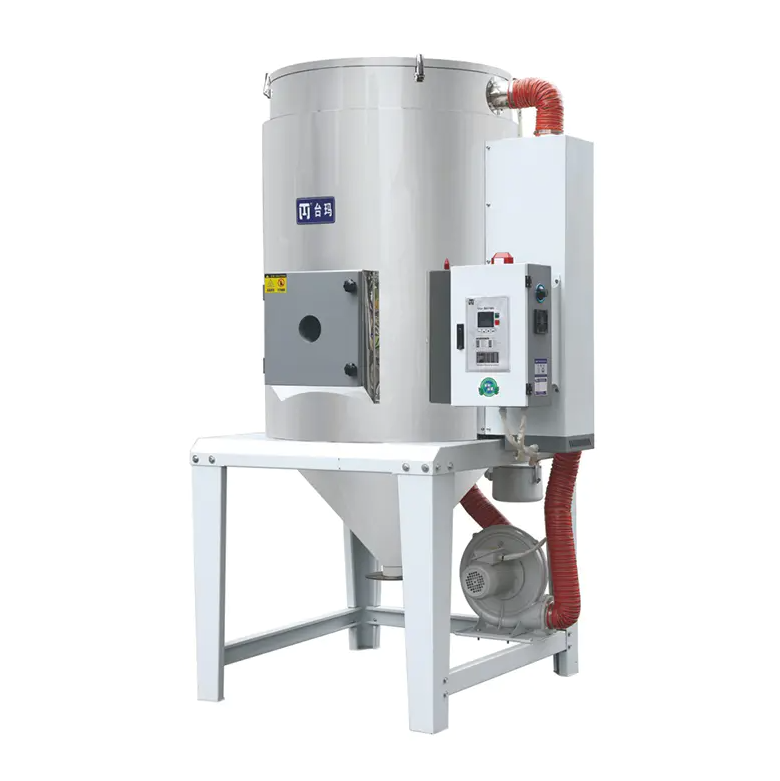Energy consumption is often a primary concern for consumers considering the use of a dehumidifier dryer in their homes or workplaces. While these devices provide significant benefits by controlling humidity and preventing mold or damage, understanding their electricity usage helps users manage costs and environmental impact.
A dehumidifier dryer typically works by drawing in humid air, cooling it to condense moisture, and then releasing drier air back into the environment. This refrigeration cycle requires electricity to power compressors, fans, and other components, which inevitably leads to energy consumption. However, the amount of energy used varies widely based on several factors.
First, the capacity of the machine directly affects power usage. Larger units designed for industrial or commercial applications consume more electricity simply because they process greater volumes of air and remove more moisture per hour. Smaller residential models generally use less power but might run longer to achieve the desired humidity level, potentially balancing out the overall consumption.
The ambient conditions play a crucial role as well. In environments with high humidity or elevated temperatures, the dehumidifier dryer works harder to remove moisture, increasing energy demand. Conversely, when humidity is moderate or low, the device may cycle on and off more frequently, conserving power. Therefore, climate and location are important when estimating the energy costs of operating these machines.
Energy efficiency features built into many modern dehumidifier dryers help reduce electricity consumption. For example, integrated humidistats allow the unit to maintain a preset humidity level, automatically adjusting operation instead of running continuously. Some models include energy-saving modes, timers, or variable fan speeds, all contributing to optimized power usage.
Maintenance is another factor that influences energy consumption. A dirty filter or clogged condenser coil reduces airflow and cooling efficiency, causing the unit to work harder and use more electricity. Regular cleaning and servicing are essential to keep the dehumidifier dryer operating efficiently and avoid unnecessary energy waste.
Comparing dehumidifier dryers with other methods of humidity control can also put energy use into perspective. For instance, ventilation or air conditioning systems may also reduce indoor moisture, but often consume more power or are less effective in certain conditions. In contrast, a well-chosen dehumidifier dryer can offer a targeted, energy-conscious solution.
Finally, technological advancements have produced models that operate efficiently across a wider temperature range, such as desiccant-based systems, which can be more energy-friendly in cooler climates. These innovations provide consumers with more options to balance performance and power consumption.
In summary, while a dehumidifier dryer does consume electricity during operation, the extent of its energy use depends on capacity, environmental conditions, maintenance, and available efficiency features. With proper selection and upkeep, users can effectively manage power consumption without sacrificing humidity control, making these devices a practical and sustainable choice for maintaining indoor air quality.
A P.I.D. temperature control system has been adopted, featuring displays of regeneration temperature and actual temperature.
A double-condenser is adopted, ensuring a low temperature of recycled air and a low dew point.
Dew-point up to -40°C, lower dew-point available with enhanced configuration.
PLC control and LCD touch screen control are available.
Dew-point meter to supervise the dehumidifying effect (optional).
Small footprint, easy to move.
